
R.e by Prishlisaa Lawerance
Preferential care should be shown to poor and vulnerable people, whose needs and rights are given special attention in God's eyes. This is preferential option for the poor. Jesus taught that God asks each of us what we are doing to help the poor and needy: "Amen, I say to you, whatever you did for one of these least brothers of mine, you did for me" (Matthew 25:40).

Preferential Option for the Poor by Elizabeth Burns
Preferential Option for the Poor and Vulnerable: While the common good embraces all people, those most in need deserve preferential concern. A basic test for society is how it treats its most vulnerable members. The poor and vulnerable should be highest priority for all in society. All public policy decisions should be examined for how they.

Copy of Copy of R.E by Robyn Sparl
The option for the poor, or the preferential option for the poor, is a principle of Catholic social teaching, explicitly articulated in the latter half of the 20th century. The concept was first articulated within Latin American liberation theology, and was championed by many Latin American Christian democratic parties at the time. It is also a theological emphasis in Methodism.
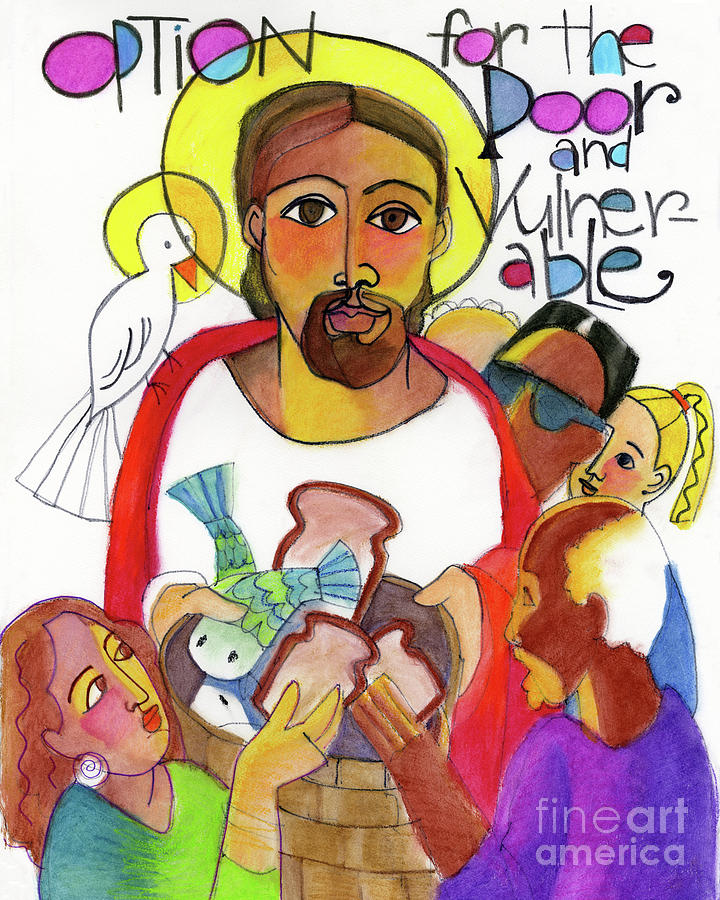
Option for the Poor and Vulnerable MMOPV Painting by Br Mickey McGrath OSFS Fine Art America
By the end of this unit, students will have explored the concept of fair and unfair sharing, and reflected on ways they can follow Jesus' example in caring for the poor. Watch the CST 'Preferential Option for the Poor' film for your own background and familiarise yourself with the Lower Primary cartoon (found within the Learning.

Supporting vulnerable children in Uganda's slums GlobalGiving
Option for the poor. The option for the poor reminds us of God's preferential love for the poorest and most vulnerable people. God's love is universal; he does not side with oppressors, but loves the humble. This principle is believed to have originated from the Liberation Theology movement in Latin America.
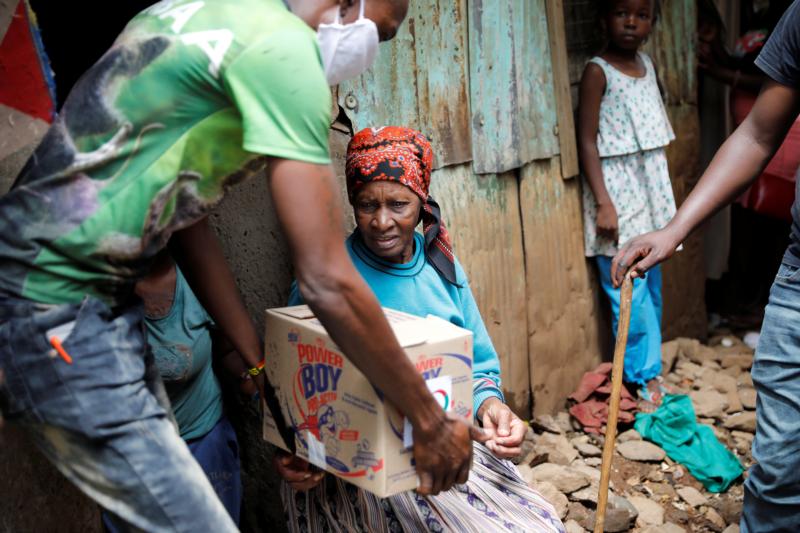
Vulnerable people around the world aided by rapid COVID19 response America Magazine
apply their understanding of Preferential Option for the Poor by creating an action plan of how they will work towards demonstrating this Catholic Social Teaching in their local communities. This learning sequence has been created using the 'See, Judge, Act' model. This reflection-action process was first used by a Belgian Catholic priest.
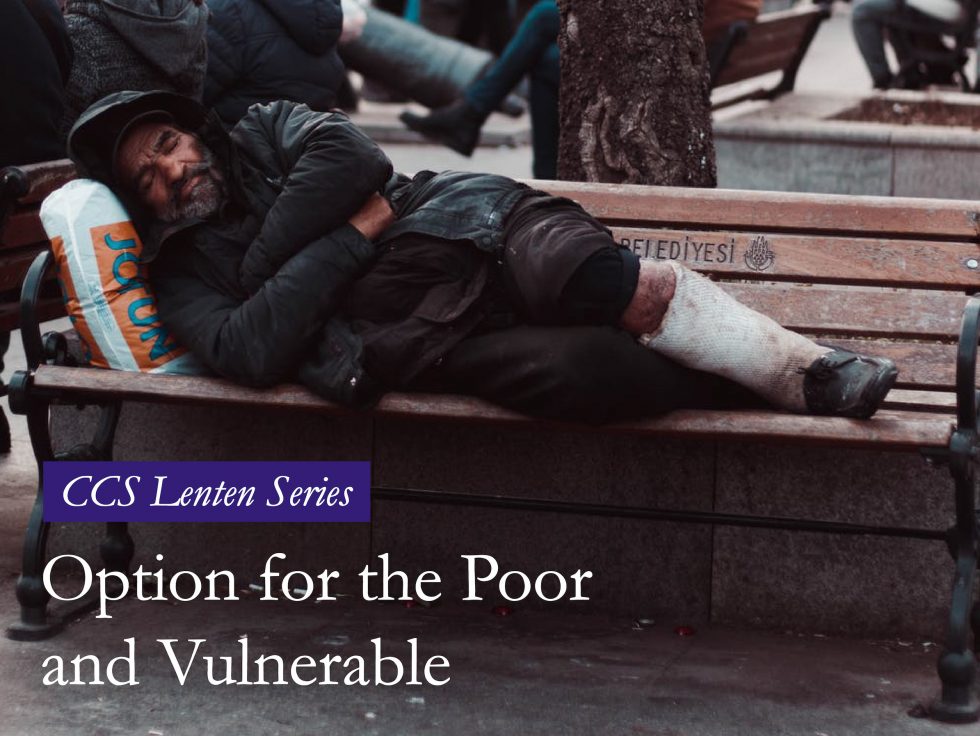
Catholic Social Teaching Option for the Poor and Vulnerable Catholic Community Services
Module Introduction. People who are poor and vulnerable have a special place in Catholic teaching: this is what is meant by the "preferential option for the poor". Scripture tells us we will be judged by our response to the "least of these", in which we see the suffering face of Christ himself. Humanity is one family despite differences.
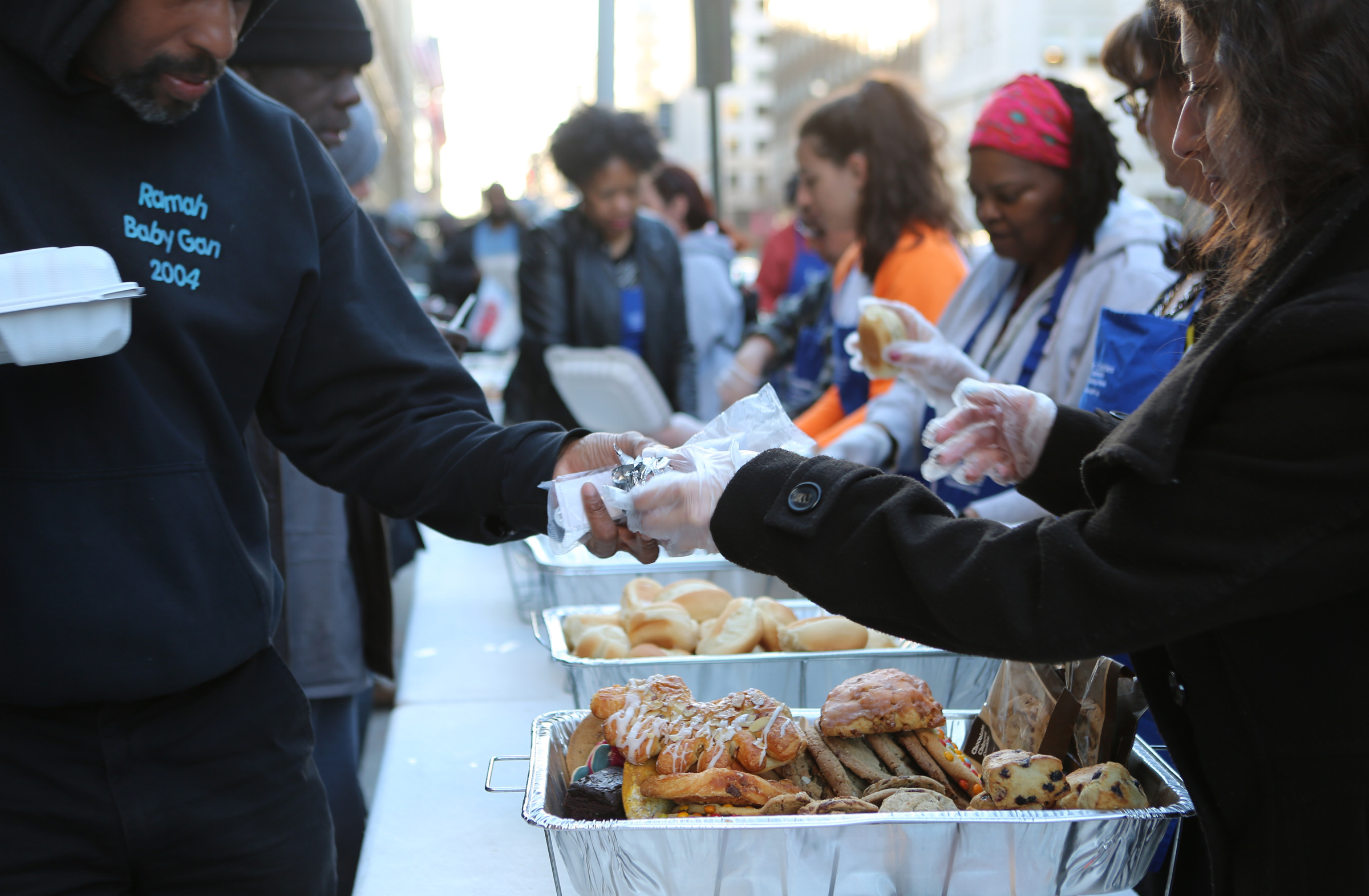
Catholic Social Teaching goes beyond analyzing poverty. It calls us to action. America Magazine
OPTION FOR THE POOR The meaning and intent of the phrase "option for the poor" is found in Octogesimo adveniens (1971), an apostolic letter of Pope Paul VI, which stated, "In teaching us charity, the gospel instructs us in the preferential respect due to the poor and the special situation they have in society: the more fortunate should renounce some of their rights so as to place their goods.
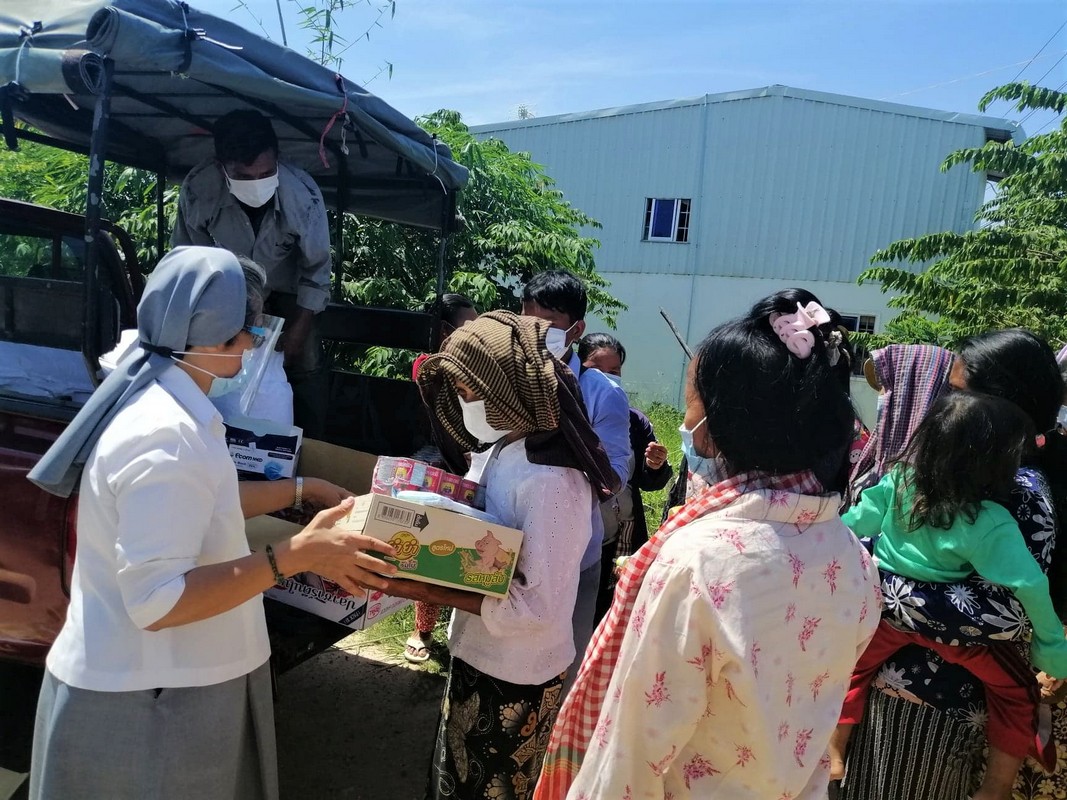
Catholic Social Teaching Caritas Humanitarian Aid & Relief Initiatives, Singapore (CHARIS)
A discussion guide to help a small group learn about and reflect on the Catholic social teaching principle Option for the Poor and Vulnerable. This guide was developed in collaboration with the United States Conference of Catholic Bishops (USCCB) as a part of the CST 101 series. Available in Spanish.

Model Of Catholic Social Teaching by Sam Brown
"A basic moral test is how our most vulnerable members are faring. In a society marred by deepening divisions between rich and poor, our tradition recalls the story of the Last Judgment (Mt 25:31-46) and instructs us to put the needs of the poor and vulnerable first." Source: United States Conference of Catholic Bishops. Washington, D.C.
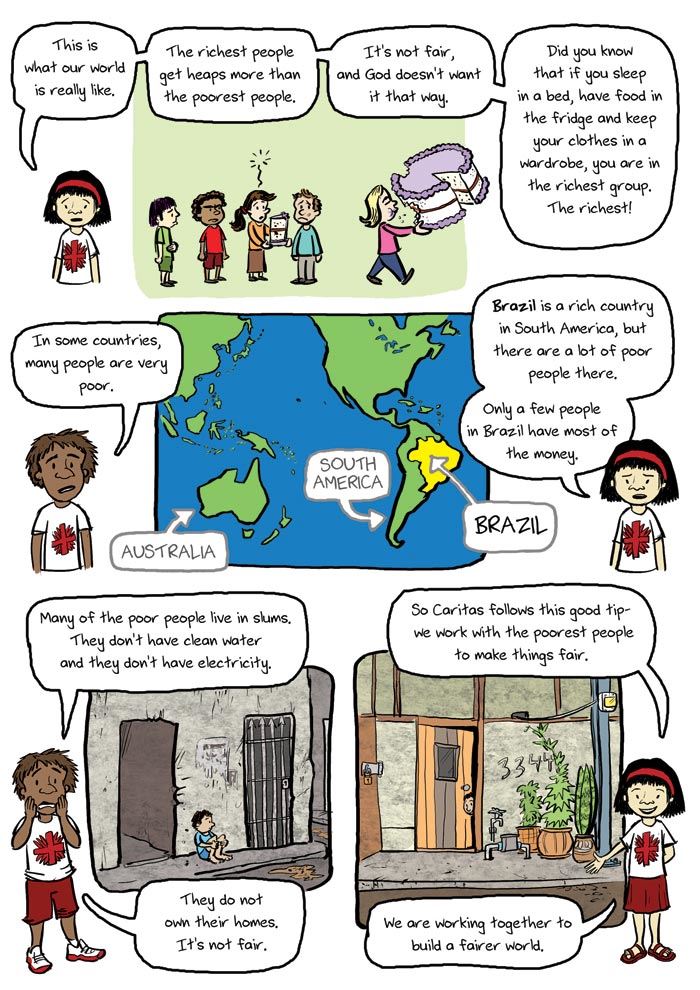
Catholic Social Teachings Preferential Option for the Poor
The preferential option for the poor (POP) has become an essential element of Catholic social teaching (CST). There are two major currents of interpretation of this preferential love of the poor. One interpretation is that of Latin American theology of liberation, where the expression originated.
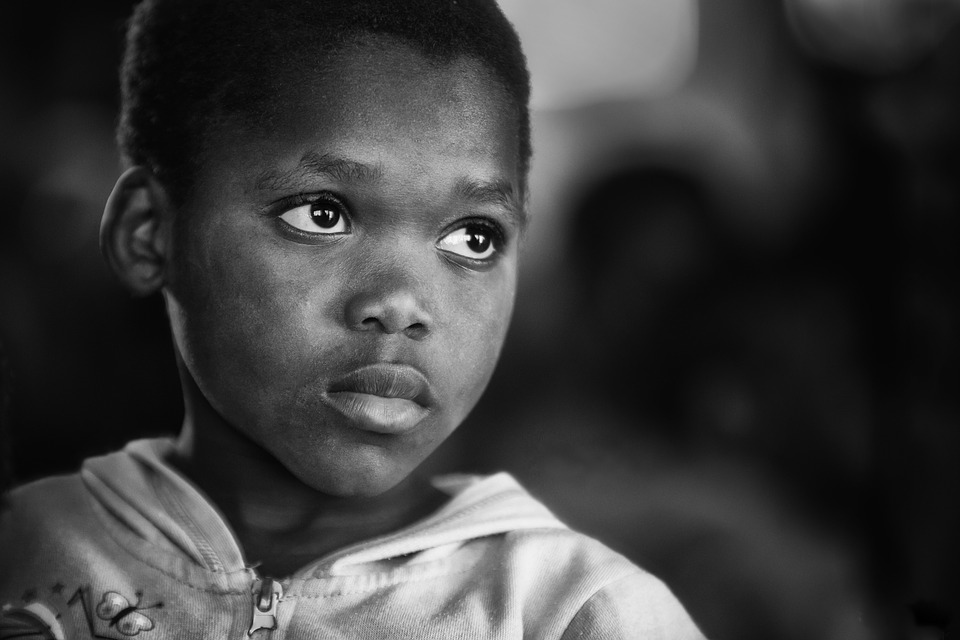
2.3 Explaining Poverty Social Problems Continuity and Change
Preferential Option for the Poor. Preferential care should be shown to poor and vulnerable people. Jesus taught that God asks each of us what we are doing to help the poor and needy: "Truly I tell you, whatever you did for one of the least of these brothers and sisters of mine, you did for me." (Matthew 25:40).

Catholic Social Teaching by Rebecca Gonzalez
WATCH: "CST 101: Option for the Poor and Vulnerable" on YouTube. PRAY WITH SCRIPTURE: Read this Scripture passage twice. Invite participants to reflect silently after it is read the first time. "Then the king will say[,] . . . 'For I was hungry and you gave me food, I was thirsty and you gave me drink, a stranger and you welcomed me.

Seven Principles Of The Catholic Social Teachings by
The poor and vulnerable have a special place in the kingdom of God. Putting into practice the preferential option for the poor means considering the impact of our own decision and of public policy on the most vulnerable members of society. Christ taught that when we feed the hungry, offer hospitality to the stranger, clothe the naked, look.

Catholic Social Teachings by Tiffany Ospin
CST 101 is a 7-part video series presented by the USCCB and Catholic Relief Services on Catholic Social Teaching. Learn from Cardinal Luis Antonio Tagle, Fr..

Preferential Option For The Poor And Vulnerable Lessons Tes Teach
Option for the Poor and Vulnerable. A basic moral test is how our most vulnerable members are faring. In a society marred by deepening divisions between rich and poor, our tradition recalls.